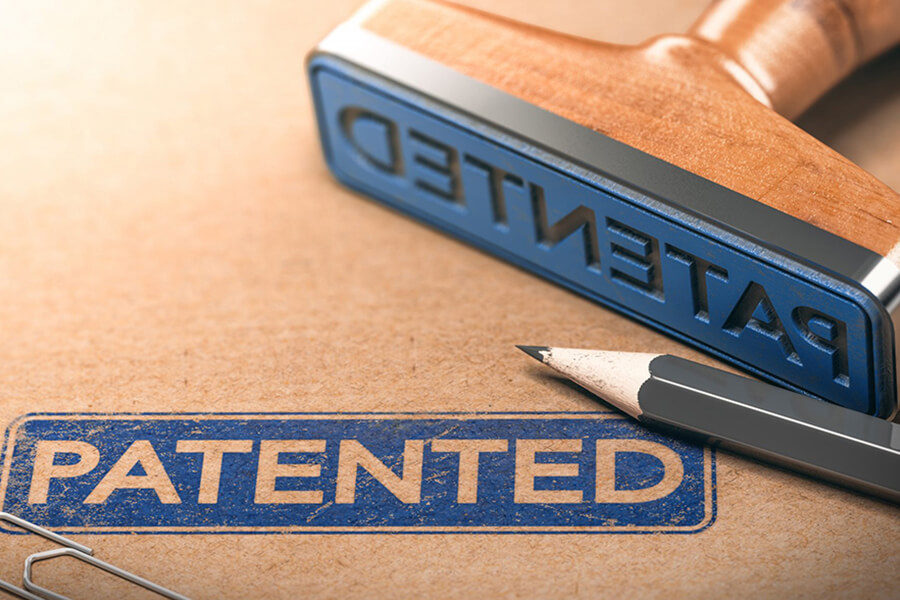Companies that successfully introduce a groundbreaking idea usually rush to protect it. A new patent feels like armor. But what happens when that armor is flawed from the start? Early patent errors might seem small at first, but they can spiral into expensive and painful lessons down the road. Here’s how those early missteps can sabotage even the most promising ideas.

Filing Too Soon or Too Late
Timing is everything in the patent world. Filing too early risks protecting something that is not fully developed. This can lock you into a patent with narrow or incomplete claims. This means competitors can swoop in with a slightly different version and get around it.
But filing too late might also mean somebody else has already beaten you. Public disclosure before filing can disqualify your patent entirely in some countries.
Skipping a thorough prior art search is a rookie mistake with big consequences. You could lose everything if your patent gets challenged and someone uncovers similar tech from years ago.
This is not only about saving face. Invalidated patents can cost millions in wasted legal fees, lost licensing opportunities, and missed investor interest. In fact, you are left exposed when you have already launched products or partnerships based on that patent.
Writing Vague or Overly Narrow Claims
Patent claims are the heart of the document. Vague patents will not hold up in court while narrow ones can be easily designed by competitors.
A common early mistake is trying to write the claims without expert help. Patent attorneys exist for a reason. They know how to walk that tightrope because of their knowledge to block copycats. Getting this wrong can mean you are holding a piece of paper that looks official but offers little real protection.
Ignoring International Protection
Many startups file in their home country and call it a day. But competitors overseas might see an opportunity you have left open in today’s global economy.
Patent rights are territorial. This means a U.S. patent gives you zero protection in Europe, Asia, or anywhere else. Think globally from the start if you are planning to manufacture or sell abroad. Filing international patents later can be more expensive and sometimes impossible due to early publication rules.
Assuming a Patent Equals Market Success
Securing a patent does not guarantee a profitable product. You still need to develop, produce, market, and sell it. You might end up with protection for something you no longer use if the patent was based on an early concept that does not align with the final product.
Companies realize too late that their patent portfolio does not match their revenue-driving features. This misalignment can scare off investors or derail licensing deals.
Mismanaging Ownership Rights
Early-stage ventures often overlook this detail ownership rights, especially if multiple founders or collaborators are involved.
Maybe someone contributed to the invention during a hackathon or consulting gig. They could legally claim ownership or even block the patent from being used if they were not under the right agreements. These disputes can turn ugly fast, especially when real money is on the line.
Clean IP ownership from day one is critical. Assignments, agreements, and clear documentation save headaches later.

